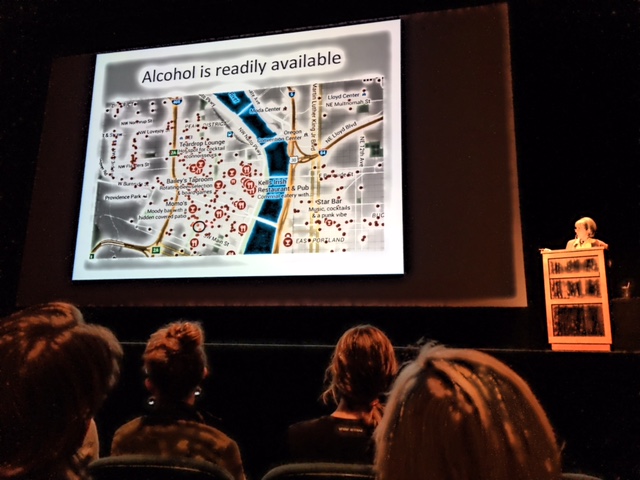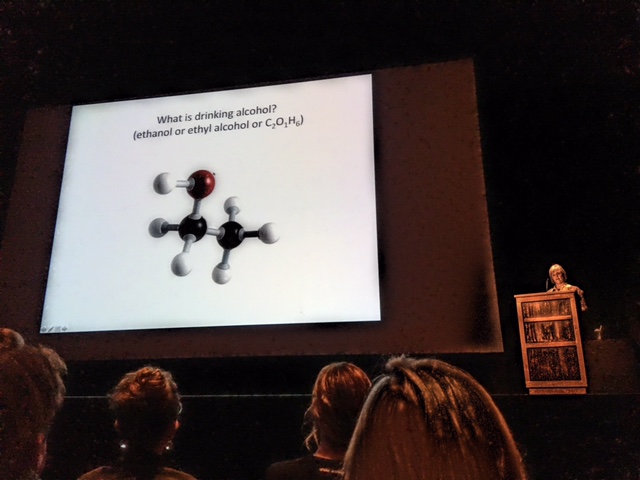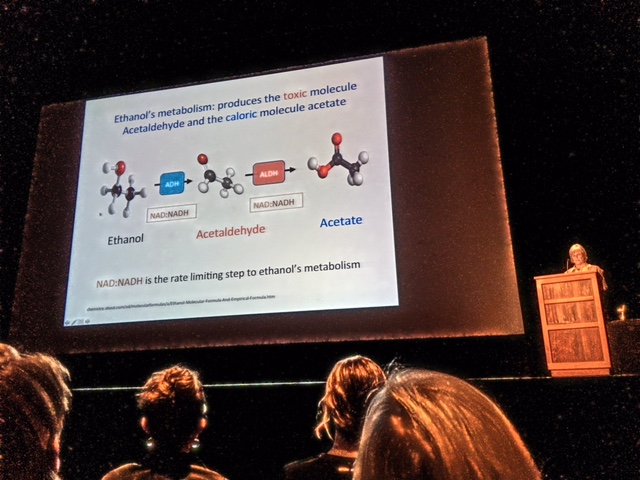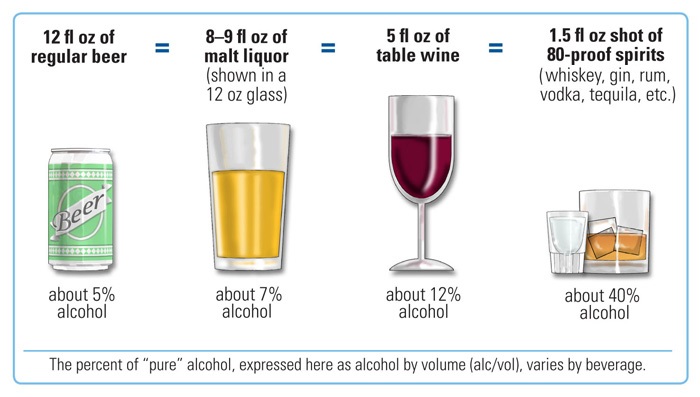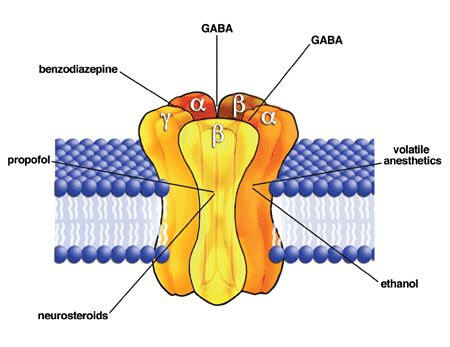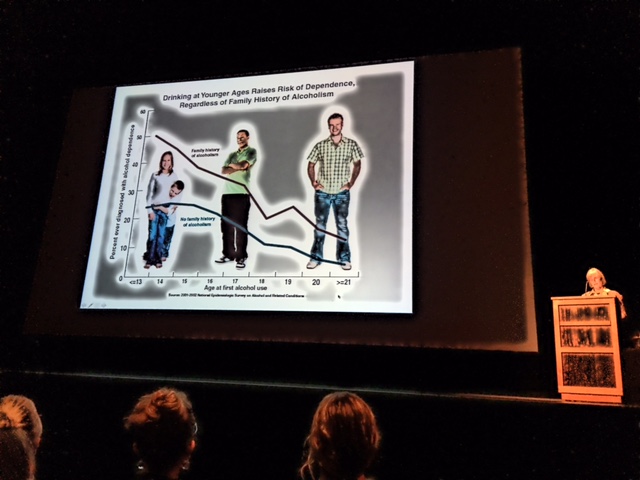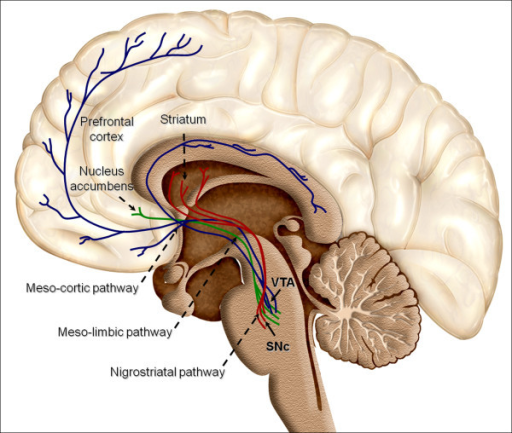The OHSU Brain Institute kicked off their 16th annual Brain Awareness Season with a lecture by neuroscientist Kathy Grant on alcohol and the brain. NW Noggin volunteers, many from the active Neuroscience Club at PSU, were eager to help explain the actions and effects of this popular drug…
Upcoming OHSU lectures promise to be equally engaging – the next (February 29) covers video games and the brain, and the last (on March 7) will look at marijuana…
We decided to build and strengthen a few neuronal connections, using pipe cleaners, since excessive drinking can block (antagonize) a critical protein receptor (the glutamate NMDA receptor) essential for linking increases in synaptic activity to changes in gene expression, and thus changes in synaptic strength. Those neural network changes are your memory, so excessive drinking significantly impairs your ability to recall a sloshed experience…
(Pic above by Alex Voigt)
It is amazing what you can do with pipe cleaners – our neurons always attract attention! One Newmark visitor asked what we charge – he wanted to buy a dozen!
And of course, you need more than one, as neurons like to connect with others chemically, across gaps called synapses, the sites where alcohol (and other drugs, including chemicals found in marijuana) act on protein receptors to change how information flows, and how we behave…
(Pic above by Alex Voigt)
Our volunteers then took seats in the crowded auditorium…
Kathy Grant, a senior scientist and Head of the Division of Neuroscience at the Oregon National Primate Research Center, began her talk by acknowledging the wide popularity of alcohol, and the power of this two carbon molecule to dramatically influence human culture, health, and behavior.
For one thing, it is widely available – certainly in Portland, Oregon!
And past efforts to deny access to alcohol were definitely not a success. Dr. Grant presented a photo of VERY HAPPY faces at a bar, taken in 1933, after Prohibition was repealed..!
Alcohol is a fascinating molecule, easily capable of crossing membranes and gaining access to the brain, with a water soluble hydroxyl (-OH) “head,” and a fat soluble, two carbon “body” – making it appear, suggests Dr. Grant, a bit like a friendly dog
And part of the health risk, she explained, derives from its chemical breakdown by enzymes, particularly in the liver. One route for degradation is an enzyme known as alcohol dehydrogenase (ADH), which converts alcohol into a highly toxic compound called acetaldehyde. In many happy, moderate drinkers, that acetaldehyde is quickly removed by another enzyme, which turns it into something safer…
However in some individuals, the enzyme that breaks down acetaldehyde (acetaldehyde dehydrogenase) doesn’t work very well, leading to a buildup of acetaldehyde, which can cause flushing of the face, nausea, and even damage the liver and other organs. In others, ADH is especially good at rapidly breaking down alcohol, also allowing toxic acetaldehyde to accumulate. Many people from Japan, and South Korea, for example, inherit this version of the ADH gene, which apparently confers some protection against the risk of alcohol use disorders…
But here’s a central conundrum: alcohol, in moderation, is good for many people, improving health outcomes, and lowering the risk of mortality…
According to Dr. Grant (and the NIAAA, or National Institute on Alcohol Abuse and Addiction), moderate drinking in adults decreases the risk of heart disease, enhances immune function, increases bone density, lowers anxiety and perceived stress, and increases one’s overall level of energy and activity!
However, in contrast, chronic heavy drinking is a health disaster, increasing the risk of hepatitis, cirrhosis, and cardiovascular disease (including cardiomyopathy and stroke), suppressing immune function, reducing bone density, worsening chronic inflammatory lung disease, and causing significant memory impairments…
So what is “moderate” drinking? According to the NIAAA Dietary Guidelines for Americans, moderate drinking is defined as up to 1 drink per day for women, and up to 2 drinks per day for men. Also, importantly, what is considered one “drink?” Here’s a handy chart, also from NIAAA…
So that deliciously compelling, 16 ounce 8.8% ABV Cavatica Stout, which – in moderation – may improve your cardiovascular health? How many drinks?
Dr. Grant showed us data indicating that alcohol consumption in the United States is increasing, particularly amongst young adults and women…
Dr. Grant also entertainingly described various factors which contribute to individual variability in consumption – and noted that most Americans drink at moderate levels or below. Yet,astonishingly, about 20% of drinkers consume nearly 80% of all the alcohol sold..!
Dr. Grant explained how alcohol affects synapses in the brain, including its blocking action (a.k.a., antagonist activity) at those NMDA receptors mentioned above, and its activation (or agonist activity) at another protein receptor called GABA-A.
(Image from NIAAA, Lovinger (2008), Alcohol Res Health)
Activation of GABA-A receptors reduces neuron activity, and calms the brain. However, Dr. Grant emphasized the great complexity of alcohol receptor interactions, and how these vary with level of exposure. For example, after several more drinks, alcohol is now acting on additional receptors for serotonin, and acetylcholine…
And she also emphasized the great risk of alcohol to developing adolescent brains. Teenage brains are growing in complexity, and pruning back ineffective connections in areas, particularly in the frontal lobes, essential for healthy social decision making. Alcohol can disrupt this critical developmental process, and the risk of dependence rises dramatically when chronic use starts at younger ages.
There was much more in this fascinating presentation, including data suggesting that chronic heavy drinkers (in this case, hard drinking macaques at the ONPRC) develop increased synaptic connectivity (i.e., a greater density of dendritic spines, or points of synaptic contact) in areas of the brain involved in automatic “habits,” including in a subcortical nucleus called the putamen (part of the dorsal striatum)…
Image from Dopaminergic reward system: a short integrative review….
There is also a decline in prefrontal cortical links essential for more cognitively flexible behavior, and these monkeys, just like alcoholic humans, cannot quit drinking after a moderate one or two glasses of wine…
Dr. Grant concluded with a vision of a future of individualized medicine, where doctors don’t ask patients how many “drinks” they consume (a notoriously unreliable measure!) – but rather where blood tests reveal biomarkers indicating either healthy or unhealthy consumption of wine, whiskey and IPA…
After the talk, we returned to our neuron-strewn table to answer more questions about alcohol and the brain. Many thanks to Kate Stout of the OHSU Brain Institute for inviting us back to Brain Awareness!
(Pic above by Alex Voigt)















